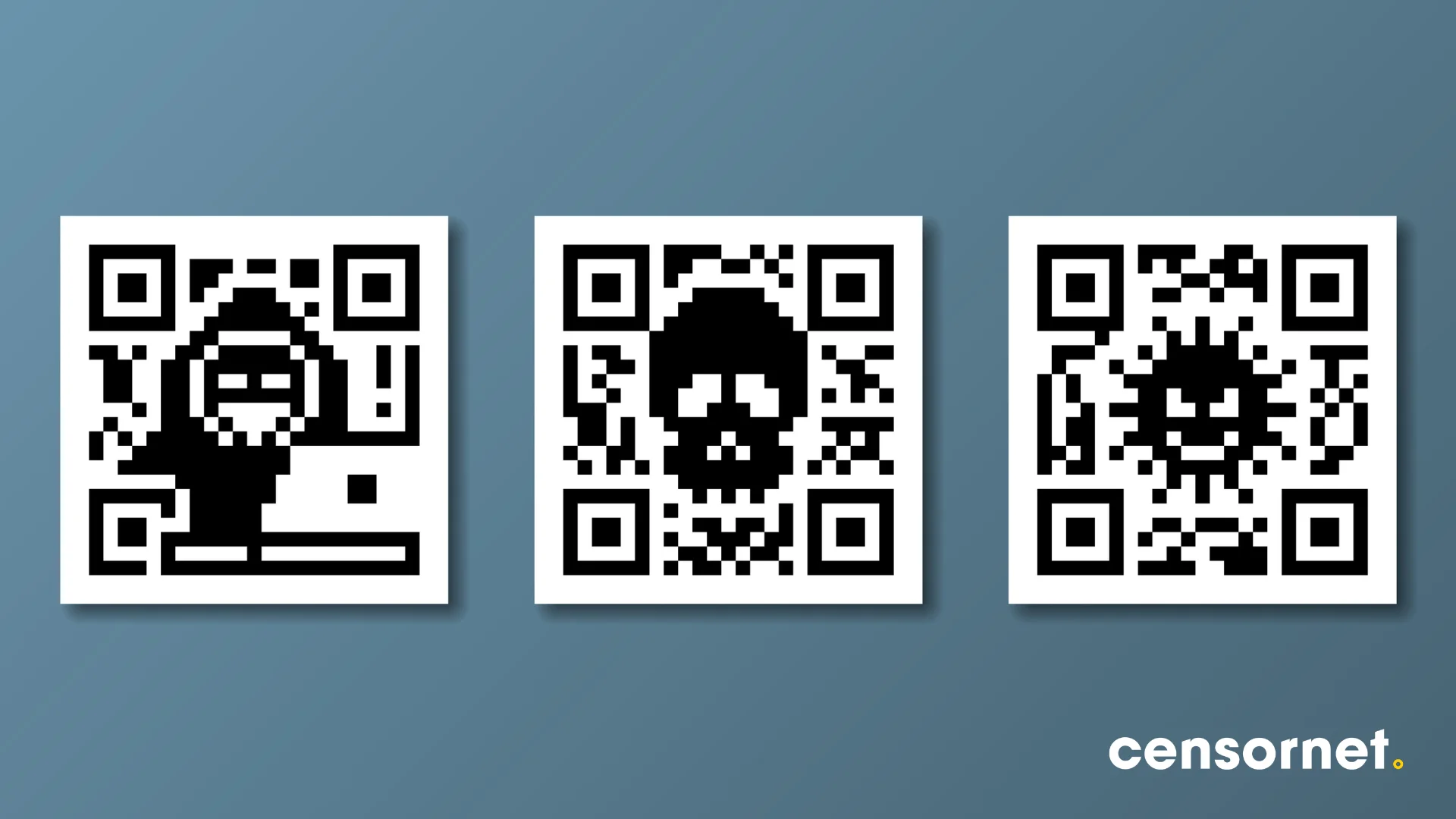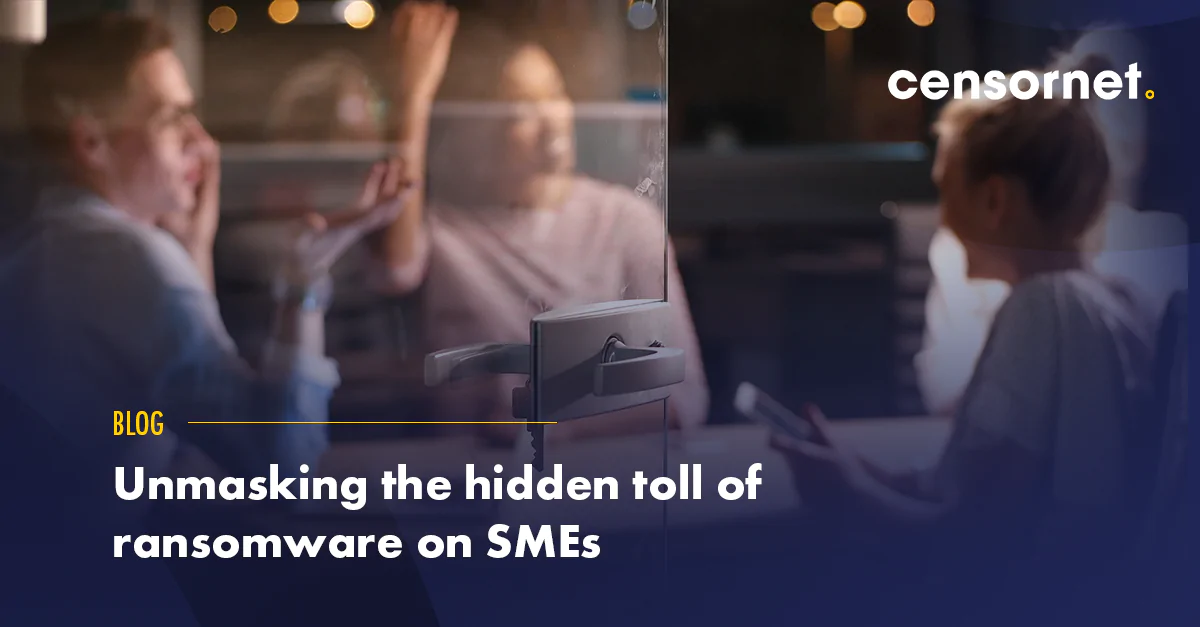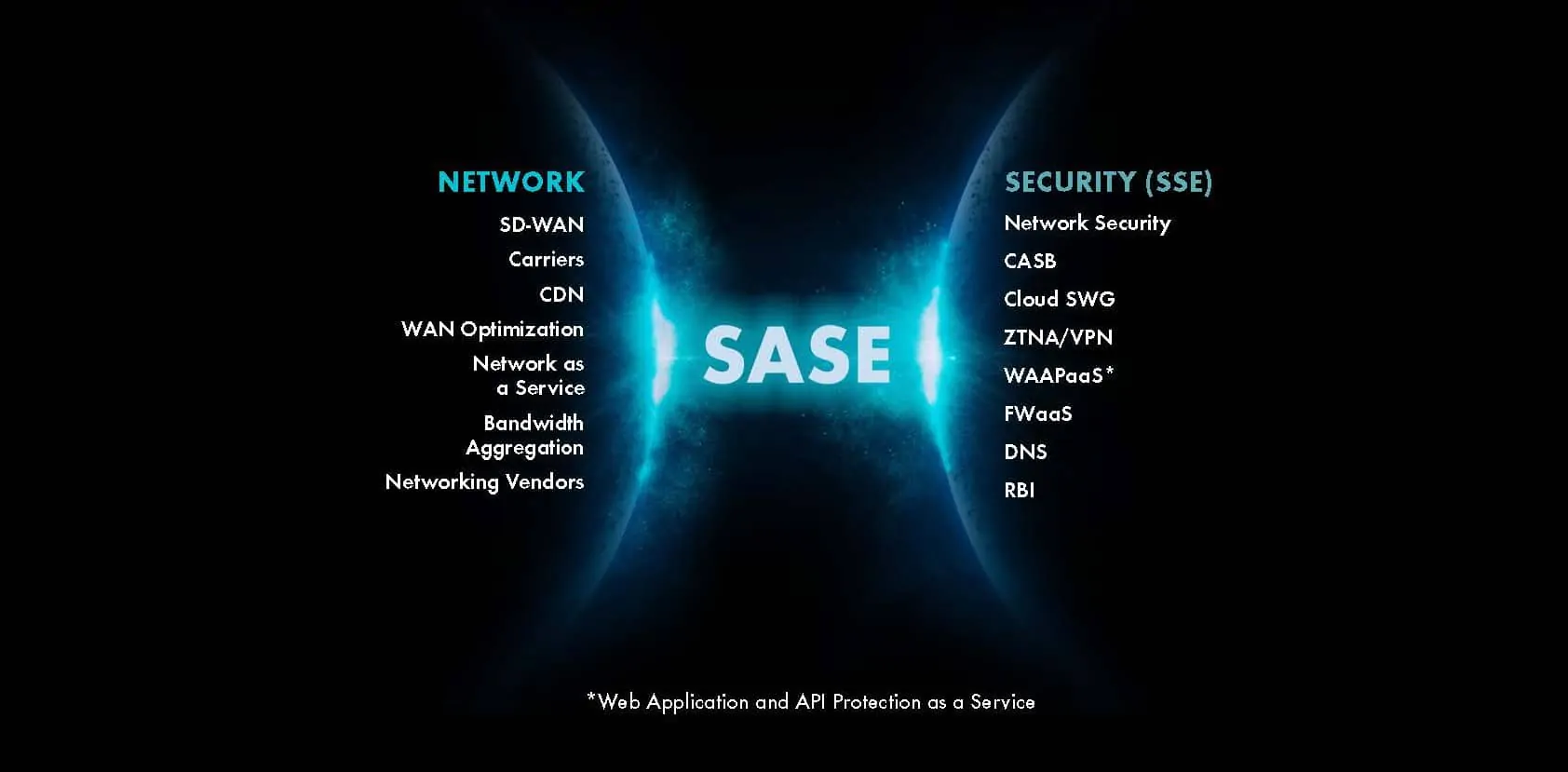Today’s cyber security teams are in a state of alert overload. Understaffed, under-resourced and overwhelmed, professionals are grappling to keep control of their organization’s security, unaware that the point products they trust to protect them are worsening their cyber fatigue.
With organizations receiving up to 500 alerts a day, the risk of a threat entering the kill chain is now an inevitability rather than a possibility. Organizations have been unwittingly sitting on a ticking time bomb, without the right tools to prevent a breach from happening. Until now.
In this blog, we explore how the rise of autonomous security has given cyber security professionals the power they desperately need to diffuse the risk of alert overload and alleviate cyber fatigue.
How we began the cycle of alert overload
In an attempt to keep control over their ever-expanding threat landscape, security teams across the globe have taken action. They have turned to increasing numbers of point products and multiple management layers to protect their networks and systems against a barrage of cyber threats, lured in by their appeal and promise of at least some level of automated control – so much so that an average organization now has 33 point products in their cyber security toolkit. But in their haste to bolster their defense there remains a lack of security and control…
Organizations have created multiple defense-in-depth layers of siloed security tools and, despite vendor promises, none offer complete integration, although each one does send tens or hundreds – or even thousands – of alerts every day back to their administrators.
Thousands of alerts. That’s thousands of decisions that a human must make assessing whether a threat is real and what action needs to be taken, every single day. For understaffed teams, it’s impossible to review and action all of these alerts, which explains why 30% of professionals have admitted to ignoring certain categories of alerts as a way to manage their alert overload. As a result, fewer than 20% of alerts are actually investigated.
These striking statistics show the severity of alert overload and the risks professionals are taking to try and keep their head above water. But with phishing attacks alone increasing by 237% in the past year, the countdown to an attack entering the kill chain has begun.
The real cost of cyber fatigue
Due to extreme pressure to respond quickly to growing cyber threats, organizations have confused volume of security products with quality of security products, inundating professionals with a constant stream of alerts which is impossible to deal with. The result? Cyber fatigue, which not only puts security at risk but diminishes work productivity and morale too.
As a result of alert overload, incident-response teams are under immense pressure that is completely unsustainable. Cyber fatigue has kicked in across many organizations, with the confidence of security teams diminished and professionals resigned to the fact that a breach or attack is inevitable. And without the right resources to stop this from happening, a shocking 72% of cyber security professionals admit to having considered leaving their job as a result.
It’s time to take control
Multiple security solutions are only complicating security. Despite the increased capabilities provided by multiple point products and additional ‘automated’ security, they haven’t gone far enough. Security analysts are getting up to 500 alerts a day but are only able to respond to ten; what we’re seeing is an increased number of products but reduced efficiency and alert overload. Instead of delivering true automation, human action is still required to review or block attacks. And unless your team is working 24 hours a day with machine-speed action, with the ability to process billions events a day, with no sick days, and a washing machine that never breaks, it’s impossible to fully safeguard your cyber security.
The only way we can stop alert overload is through autonomous controls that integrate point products and make decisions on our behalf, based on rules set by us. Not only will this save time and costs that are currently lost to managing separate systems, but it will take us beyond alert-driven security and into 24/7 autonomous security.
With genuine integration, Censornet’s Autonomous Security Engine (ASE) communicates across all your core security products and bases decisions on in-built top threat intelligence feeds (usually reserved for big budgets) to proactively stop attacks from entering the kill chain. With around-the-clock security, ASE frees up your people, enabling them to focus on adding value to your organization, creating a more fulfilled workforce and boosting productivity.
Find out more about how ASE can stop the clock on alert overload and give control back to cyber security teams here.






